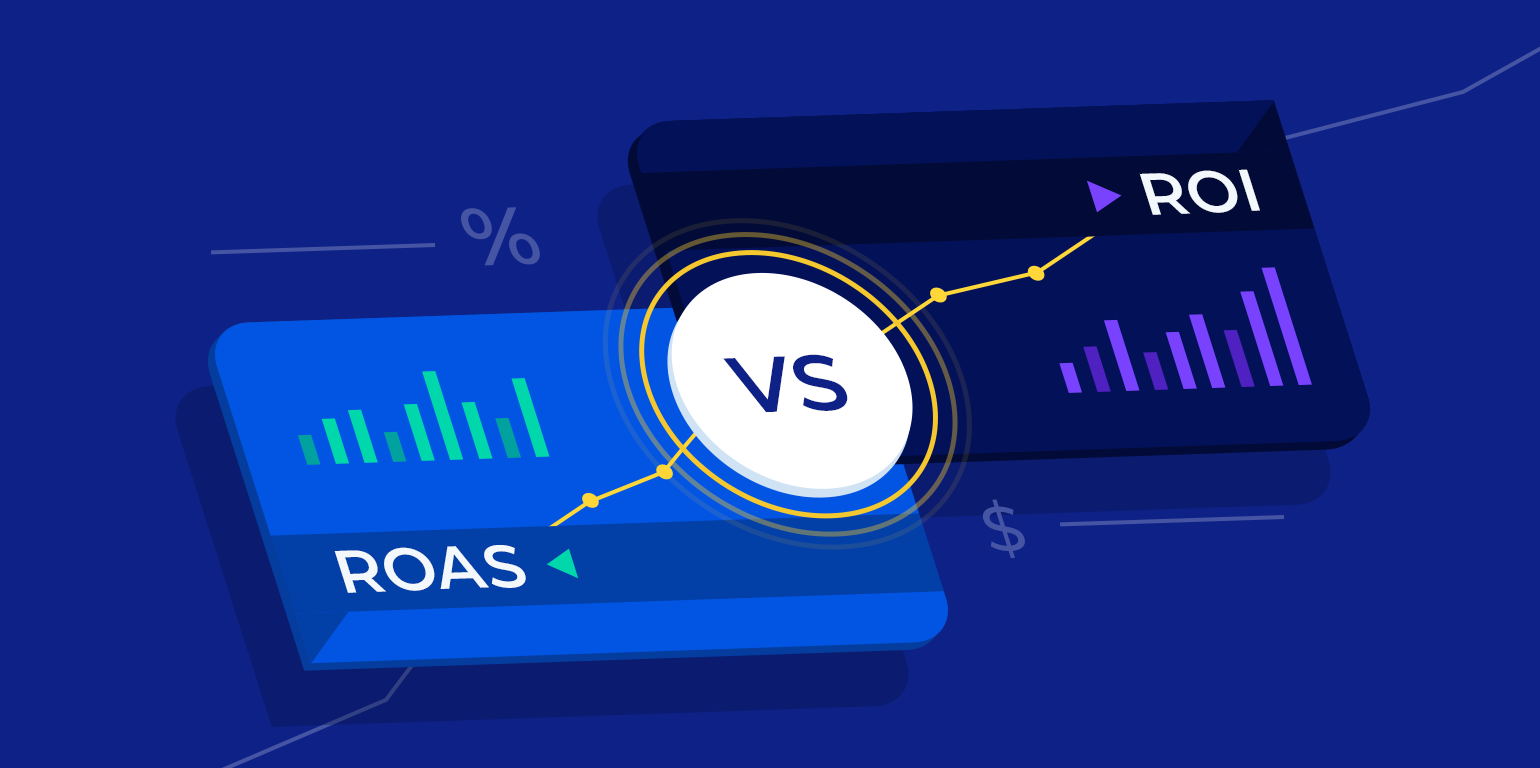Email marketing remains a vital and effective tool for businesses to communicate with their customers and promote their products or services.
Here are some reasons why email marketing is important:
- Cost-effective: Email marketing is a cost-effective way to reach a large audience, as it does not require printing, postage, or other expenses associated with traditional marketing methods.
- Targeted messaging: Email marketing allows businesses to segment their audience and send personalized messages to different groups based on their preferences and behaviors.
- Measurable results: Email marketing provides measurable results through metrics such as open rates, click-through rates, and conversion rates, allowing businesses to adjust their strategies and improve their campaigns.
- Builds relationships: Consistent email communication with customers helps to build relationships and trust, which can lead to increased loyalty and repeat business.
- Enhances brand awareness: Email marketing can increase brand awareness by keeping your brand at the forefront of your customers’ minds.
Moreover, you can set up a drip marketing campaign through your email marketing tool which will help to improve lead nurturing and eventually the sales conversions. Drip marketing is a type of automated email campaign where a series of pre-written messages are sent to subscribers over a period of time, based on their behavior and engagement with previous emails.
By setting up a drip email campaign, you can create a more personalized and relevant experience for your subscribers, which can help to build trust and increase engagement. This can lead to faster sales conversions because you are delivering the right message to the right person at the right time.
Some tips for setting up a successful drip campaign include:
- Define your goals: Before you start designing your drip marketing flow, you need to define your goals. Do you want to generate leads, increase sales, or nurture customer relationships? Knowing your goals will help you create relevant content and determine the length of your drip campaign.
- Identify your audience: You need to know your audience to create content that resonates with them. Identify your target audience’s pain points, needs, and preferences. You can segment your audience based on demographics, behavior, or interests to send personalized messages.
- Map out your flow: Once you know your goals and audience, you can map out your drip marketing flow. Decide how many messages you want to send and how often you want to send them. Create a logical sequence that guides prospects from awareness to consideration to purchase. Each message should have a specific goal, whether it’s educating, entertaining, or encouraging action.
- Create your content: With your flow mapped out, you can create your content. Write compelling subject lines, headlines, and copy that grab attention and keep readers engaged. Use visuals, such as images or videos, to break up text and add interest. Make sure your content aligns with your brand voice and messaging.
- Choose your automation tool: To automate your drip campaign, you need a marketing automation tool that allows you to create and schedule messages. There are many tools to choose from, such as Hubspot, Marketo, and Mailchimp. Choose a tool that fits your budget and needs.
- Test and optimize: Before launching your campaign, test your messages to ensure





